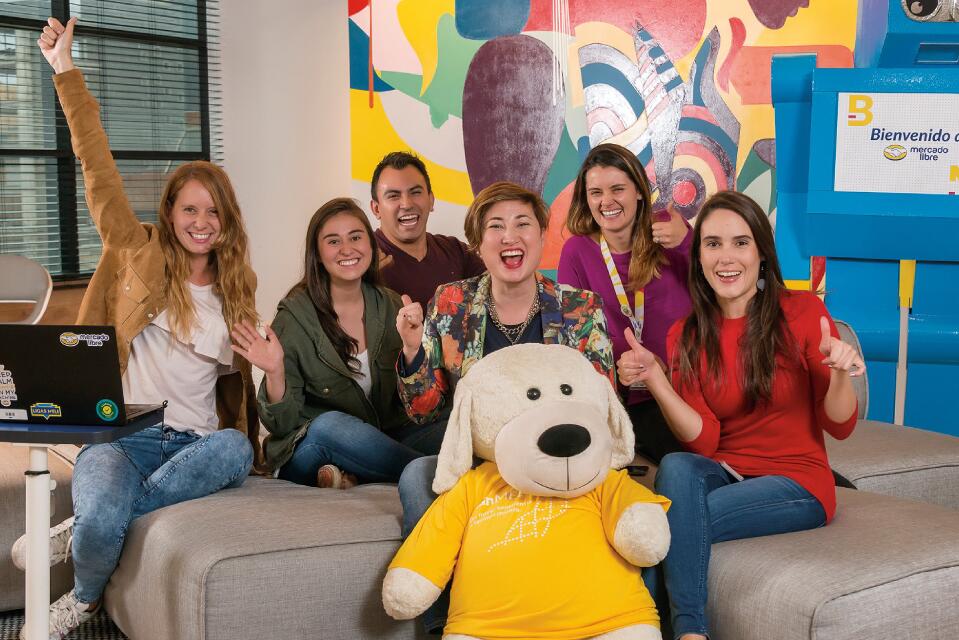Best Workplaces, Leadership & Management
Leaders at companies on the Fortune 100 Best Companies to Work For List share their philosophy on what creates a great workplace for employees.
How long does it take to develop a company culture that employees love?
For leaders at the Fortune 100 Best Companies to Work For® in 2023, the journey requires long-term thinking.
CEOs from some of these winning companies joined a panel discussion hosted by Fortune CEO Alan Murray to discuss the elements of an overwhelmingly positive employee experience. Participants included:
- Jim Kavanaugh, CEO and co-founder, World Wide Technology
- Tricia Griffith, president and CEO, Progressive Insurance
- Brian Doubles, president and CEO, Synchrony Financial
- Michael C. Bush, CEO, Great Place To Work®
One thing they all agreed on: Creating an award-worthy company culture can’t be done in an afternoon.
“It takes a lot of continuous work,” says Bush.
When companies ask about how to make a Best Workplaces™ list, Bush says many won’t make it right away. “It takes time to do it,” he says. Instead, Bush suggests leaders focus on investing in their employees — and business performance benefits will follow.
“This is not a tactical strategy that you use to go find employees. This has to be a long-term, fundamental, foundational piece of the business.” — Jim Kavanaugh, CEO, World Wide Technology
“Putting people first is going to lead to outstanding customer satisfaction and financial performance,” he says. “We believe one leads to the other.”
Well-being and flexibility
All of the leaders saw the importance of prioritizing employee well-being and flexible work.
At Synchrony, lessons from the pandemic sparked a commitment to flexibility. (Hear more about this shift on the “Better” podcast.)
“We don’t require employees to be in the office,” says Doubles. “We really allow them to choose what is best for them, what is best for their teams.”
At heart of Synchrony’s commitment is trust in its employees.
“We trust them to deliver for our partners and our customers at the same level as if they were in the office,” Doubles says.
Synchrony has been rewarded for its trust in employees. Offering flexible work has seen job application rates jump 30%, and turnover has been half that seen by others in the financial sector, Doubles says.
He concedes the commitment to flexible work is a tougher path. “It takes a lot of communication and coordination,” Doubles says.
“Putting people first is going to lead to outstanding customer satisfaction and financial performance." — Michael C. Bush, CEO, Great Place To Work
But, when employees have the right incentive to show up in the office, attendance isn’t an issue. When Synchrony holds a town hall or all-staff meeting at one of its offices, employees are asked to attend in-person.
“We don’t require it, but we see great attendance,” Doubles says.
A new kind of leadership
To enable flexible work, the panelists agreed that leaders must change.
“We all changed as leaders when the pandemic happened, [when] George Floyd was murdered, and if you didn’t address those things when people in your business were hurting, then people would leave,” Griffith says.
A key element of this new leadership is increased vulnerability and authentic communication. Griffith says she uses her own story as a parent of six who had to take time off to attend parent-teacher conferences as a tool to build trust and strengthen relationships with employees.
“You create that culture by telling those stories,” Griffith says. “It’s a more fun way to lead.”
"You can no longer say you care about employees if you aren’t doing things for the planet." — Michael C. Bush, CEO, Great Place To Work
Trust starts with the CEO, Kavanaugh says. “You have to demonstrate that you do trust your employees — and it’s not easy.”
While there will always be some employees who try to cheat the system, Kavanaugh argues that the juice is worth the squeeze.
“If you treat your employees the right way, and you support them, and you get the right employees on, and they are engaged … they will be incredibly productive.”
But the benefits only show up when leaders build trust with their employees.
A recession-proof strategy
For all the leaders on the panel, creating a great workplace culture wasn’t a response to a tight labor market. Instead, it reflects a deeper belief in the value of employees to the business.
“This is not a tactical strategy that you use to go find employees,” Kavanaugh says. “This has to be a long-term, fundamental, foundational piece of the business.”
And the data supports this view. Great Place To Work research shows that companies who prioritize the employee experience can avoid the pain of economic downturns. Companies on the Fortune 100 Best Companies to Work For list also beat the stock market by a factor of 3.36.
“We feel like we get a return on that investment,” says Doubles. “If employees feel supported, if they feel like they are listened to, they are going to give you more back.”
For Bush, it’s a commitment to employees that allows companies to meet the immense challenges of the coming decade.
“Every company I know has to increase its productivity,” he says. “Every company I know has to increase its level of performance … its rate of innovation.”
Bush also sees an imperative for companies to take action to prevent climate change, as a warming planet threatens the safety and well-being of people all around the world. “You can no longer say you care about employees if you aren’t doing things for the planet,” he says.
Leaders will need extraordinary people working for them to solve these challenges.
“You have to have the best people on earth,” Bush says. For leaders, that means making your workplace culture your No. 1 priority.
Watch the full video on Fortune.com.
Become great
Ready to learn more about your employee experience? Benchmark your organization using Certification™ and see how you stack against the very best.











